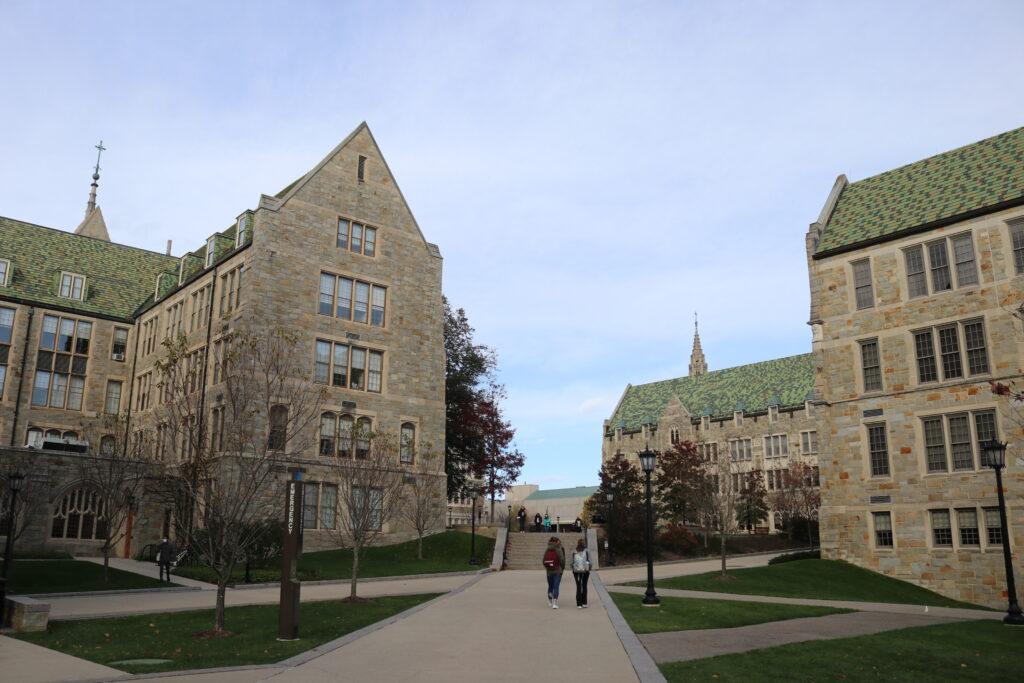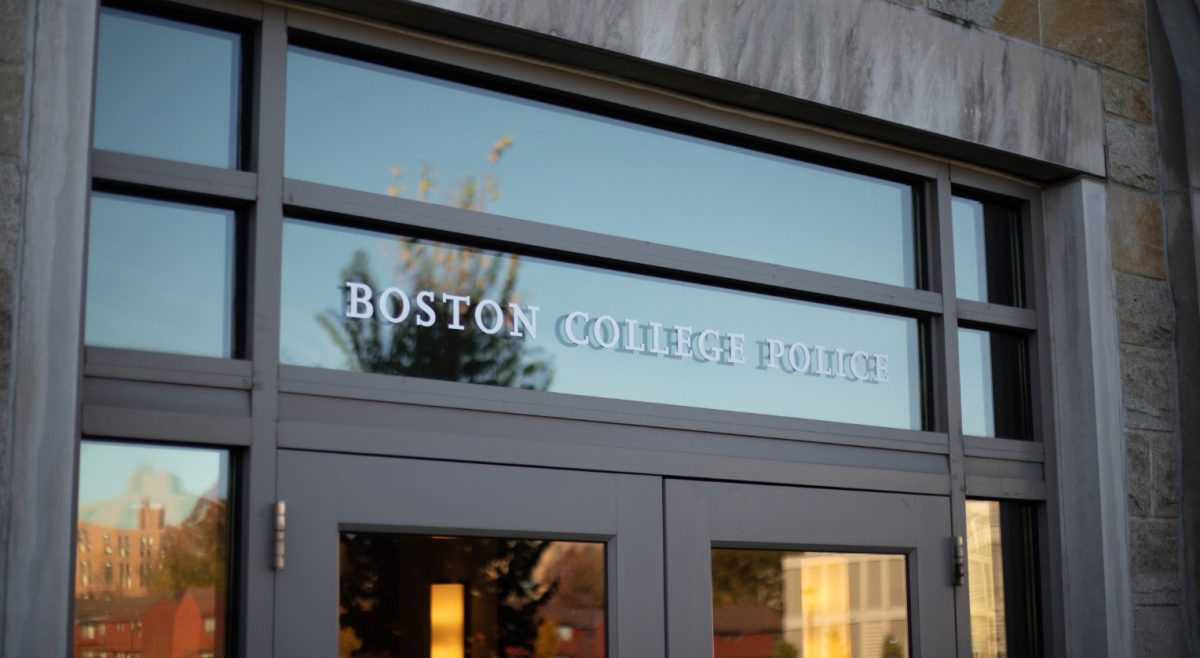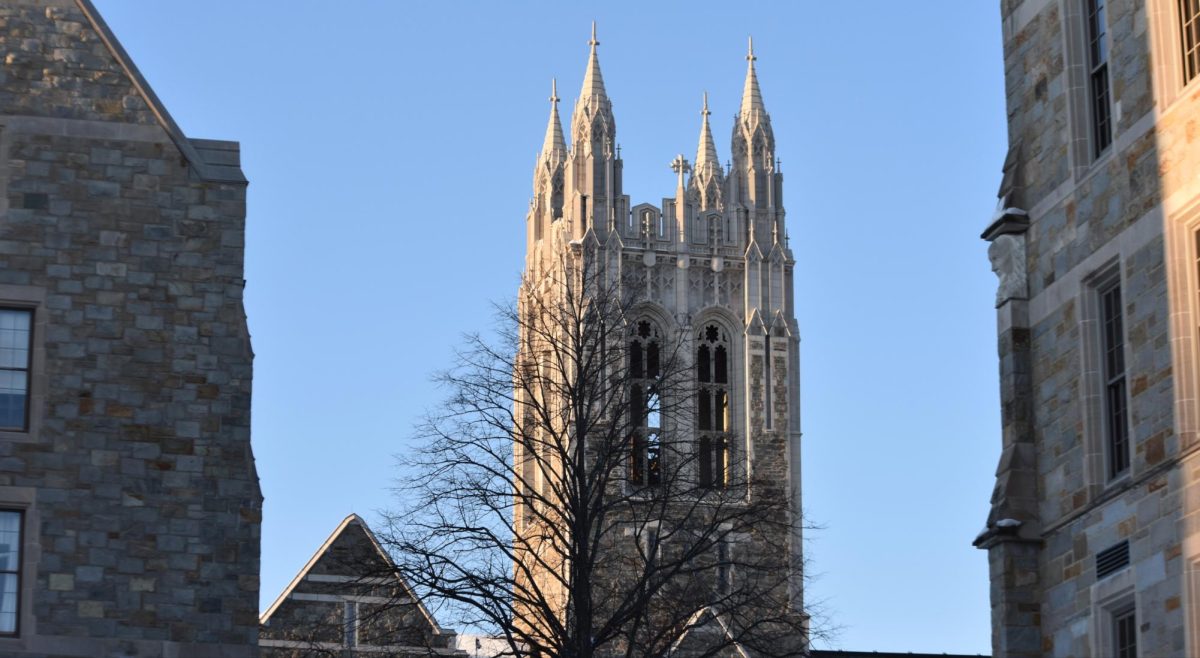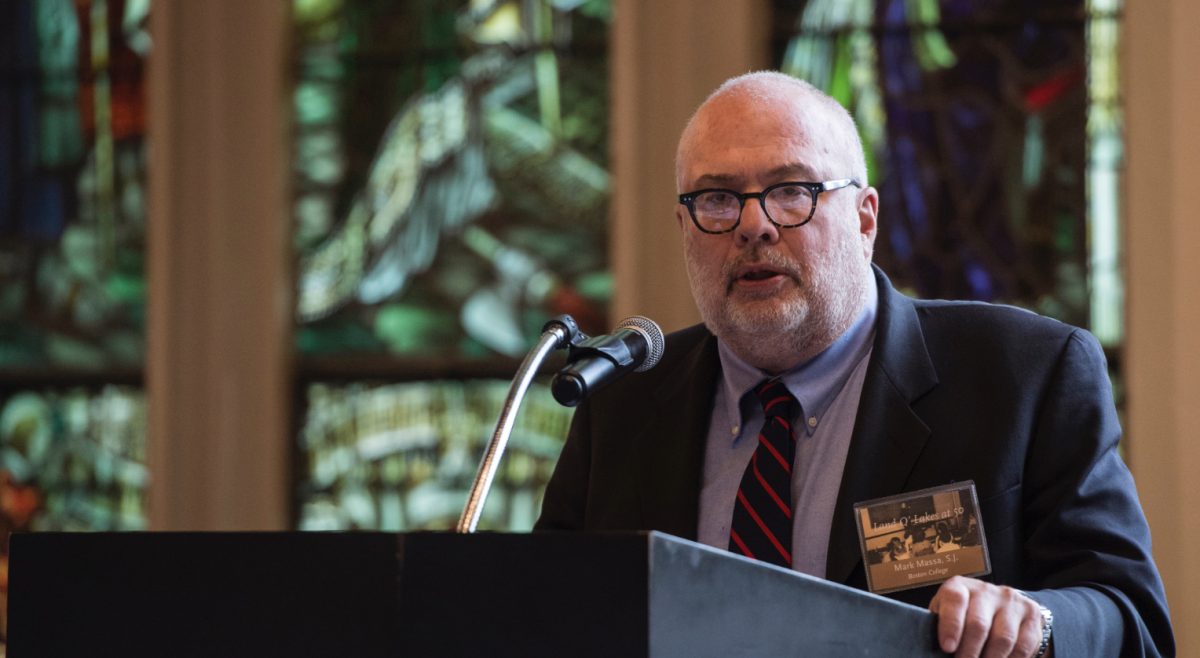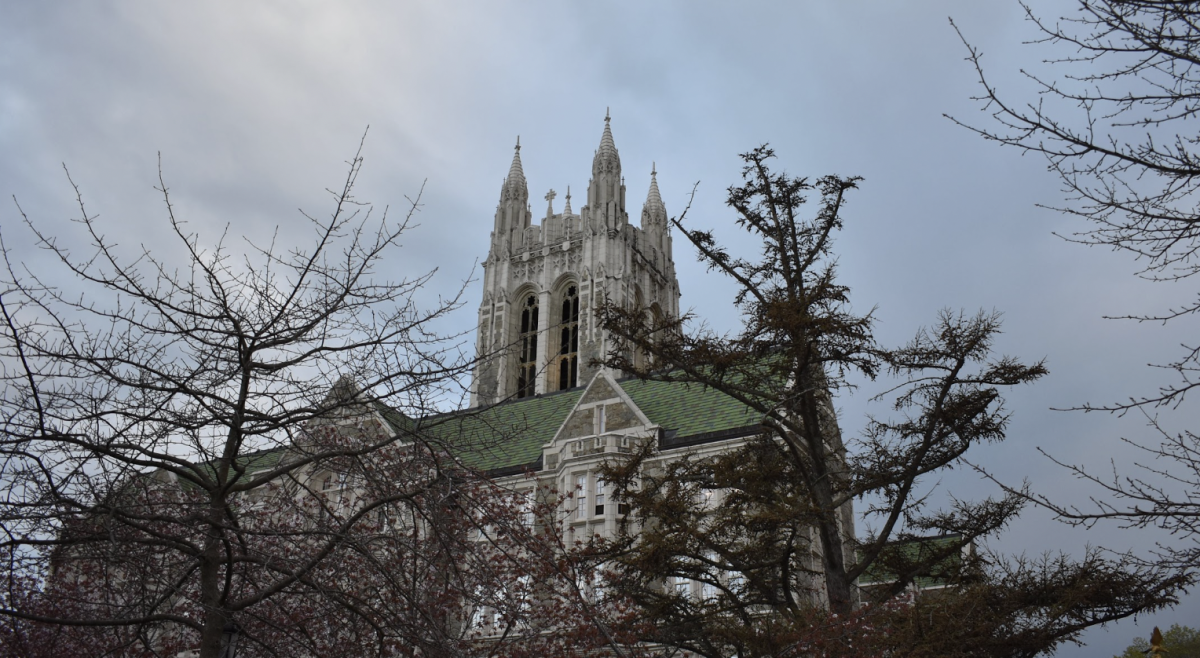“The body is key,” Menakem said. “… I’m not talking about identity. I’m not talking about national origin. I’m saying those things are important, but what I’m talking about is specifically … [is] the pigmented theology, that the whole racialized piece is founded on.”
Menakem, author of My Grandmother’s Hands: Racialized Trauma and the Pathway to Mending Our Hearts and Bodies, spoke about relieving racial trauma through a process he calls “somatic abolitionism” at a Zoom webinar hosted by the Boston College Forum on Racial Justice in America on Thursday.
“My basic definition of somatic abolitionism is that white body supremacy and racism has to be abolished through the body first, not just through intellect,” Menakem said. “… It has to start with the body. And in starting with the body, you have to slow things down so people can begin to develop a sense of discernment.”
This discernment includes understanding the effects that racial traumas can have if they persist over a prolonged period of time. Menakem highlighted the dangers of letting these traumas exist for too long, as they can eventually become an unshakable part of one’s identity.
“Trauma decontextualized in a person over time can look like personality,” Menakem said. “Trauma decontextualized in a family over time can look like family traits. Trauma decontextualized in a people over time can look like culture.”
Menakem said that one source of racial trauma is that throughout history, the standard of humanity has been measured according to a white perspective, leaving all nonwhite individuals to appear deviant from the ideal standard.
“The white body deems itself the supreme standard by which all bodies’ humanity shall be measured, structurally and philosophically,” he said. “And anybody that is not in a white body is seen as deviant from this standard of humanness.”
Menakem also spoke about the effect this white standard of humanity has had on Black individuals, who often internalize that sense of deviance from the ideal.
“When I talk about the Black body, woven into the piece I was saying about the white body being shorthand for humanness, woven into that is anti-Blackness, and indigenous invisibility,” Menakem said. “And so not to include the body leaves [people of color] sometimes thinking the defect is inside of them.”
Menakem highlighted the importance of building a “container,” a group of people who can speak freely with one another on the topics of race and racial trauma, in order to harness the “energy” of race to better understand and cope with these traumas.
“The concept of race has energy, has a charge to it,” Menakem said. “And many times we think that dialoguing is the way to get through, or the way to bring some type of understanding to race is to dialogue. And what we don’t realize is that if you don’t build a container by which you are both contextualizing and holding the charge, what will happen is that that charge will blow apart the container that you’ve set.”
Menakem emphasized the importance of not letting white people dominate the conversation. Instead, white people should focus on educating themselves rather than educating others on this topic, he said.
“One of the first things that has to happen is that you have to let [white] people know, ‘You are not going to be teaching this,’’’ Menakem said. “White folks like to get into stuff and start teaching stuff, before they even understand this is an emergent process … The most important thing is to slow it down and allow things to emerge.”
Menakem left Black students at BC with some parting words in regard to overcoming racial trauma.
“If you’ve never heard another Black voice say this before, I want you to hear me say this: you are not defective,” he said. “You are not crazy, the things you are picking up on … are really happening … and you may need to talk with other Black bodies … so you all can create a container to move through [that] with each other.”
Featured Image by Aneesa Wermers / Heights Staff

